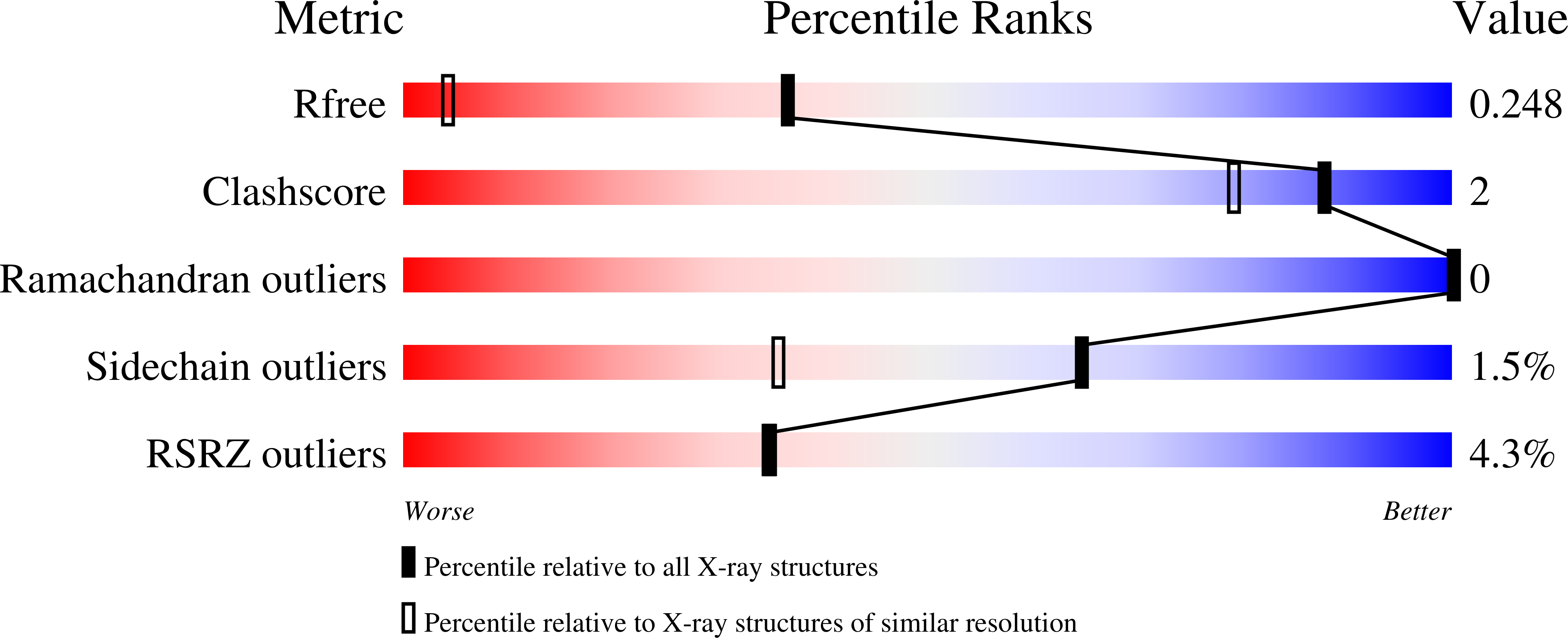
Deposition Date
2022-11-14
Release Date
2023-04-19
Last Version Date
2024-06-19
Entry Detail
PDB ID:
8BNY
Keywords:
Title:
Structure of the tetramerization domain of pLS20 conjugation repressor Rco
Biological Source:
Source Organism:
Bacillus subtilis (Taxon ID: 1423)
Host Organism:
Method Details:
Experimental Method:
Resolution:
1.43 Å
R-Value Free:
0.24
R-Value Work:
0.23
R-Value Observed:
0.23
Space Group:
P 21 21 21


